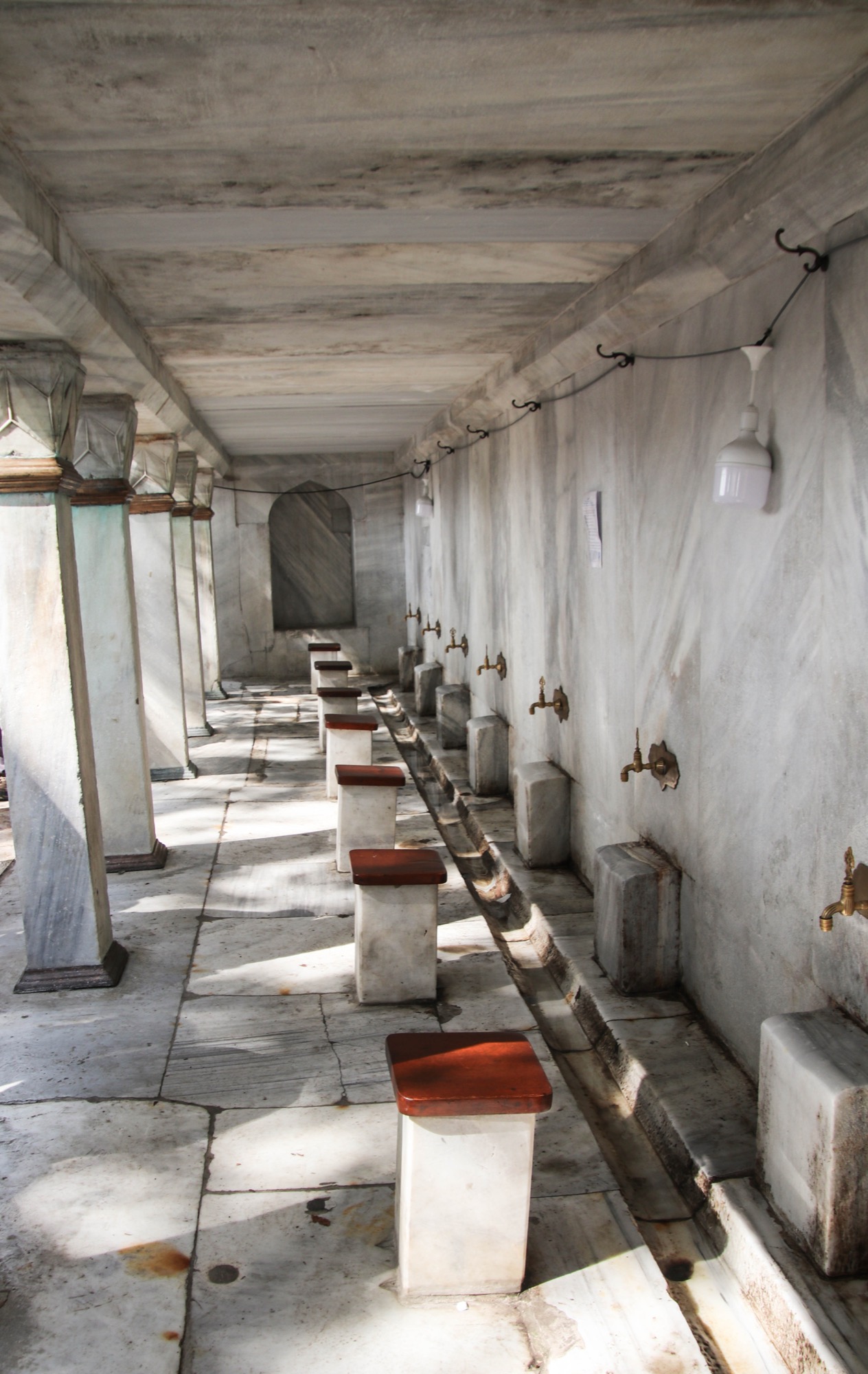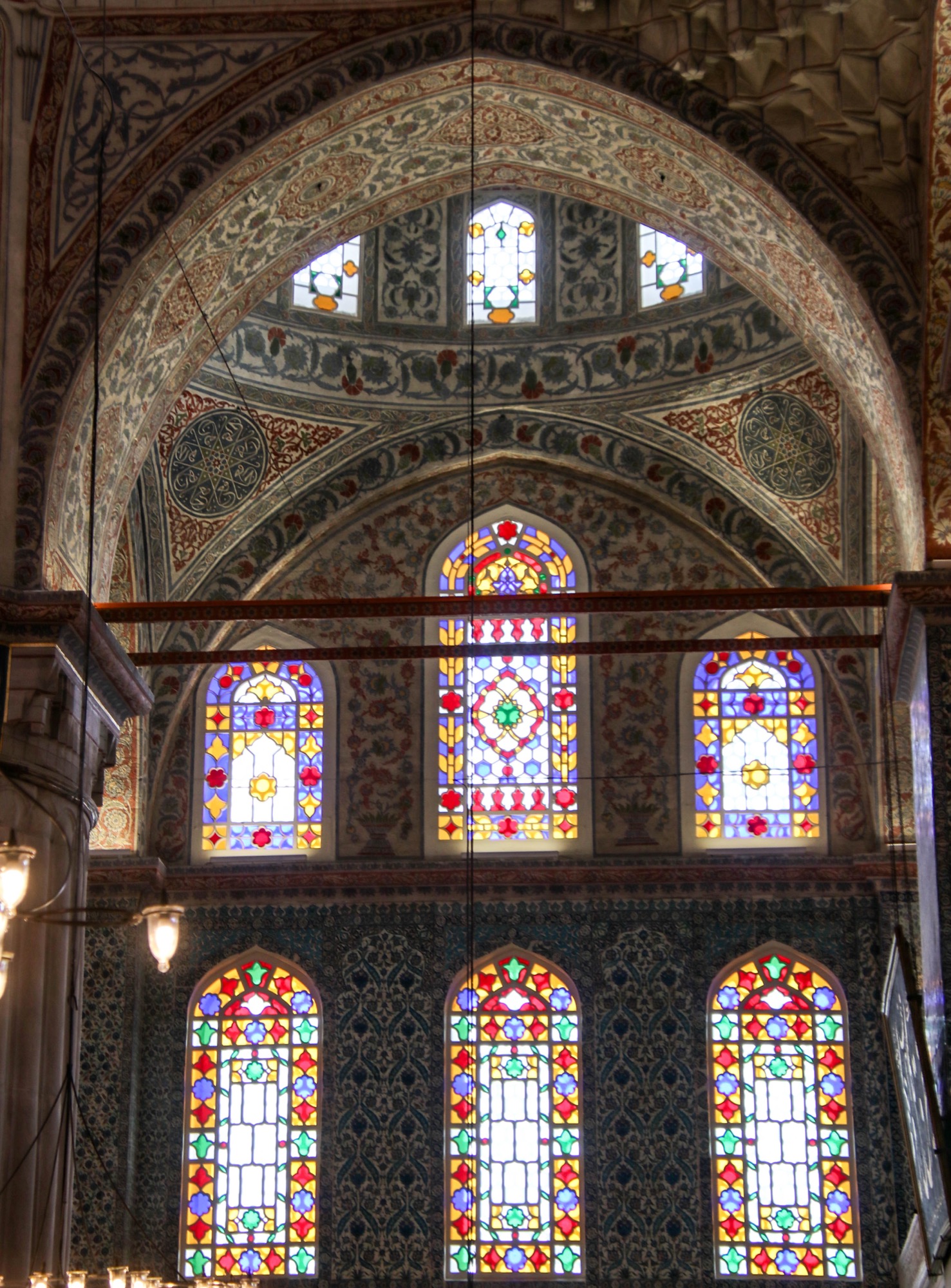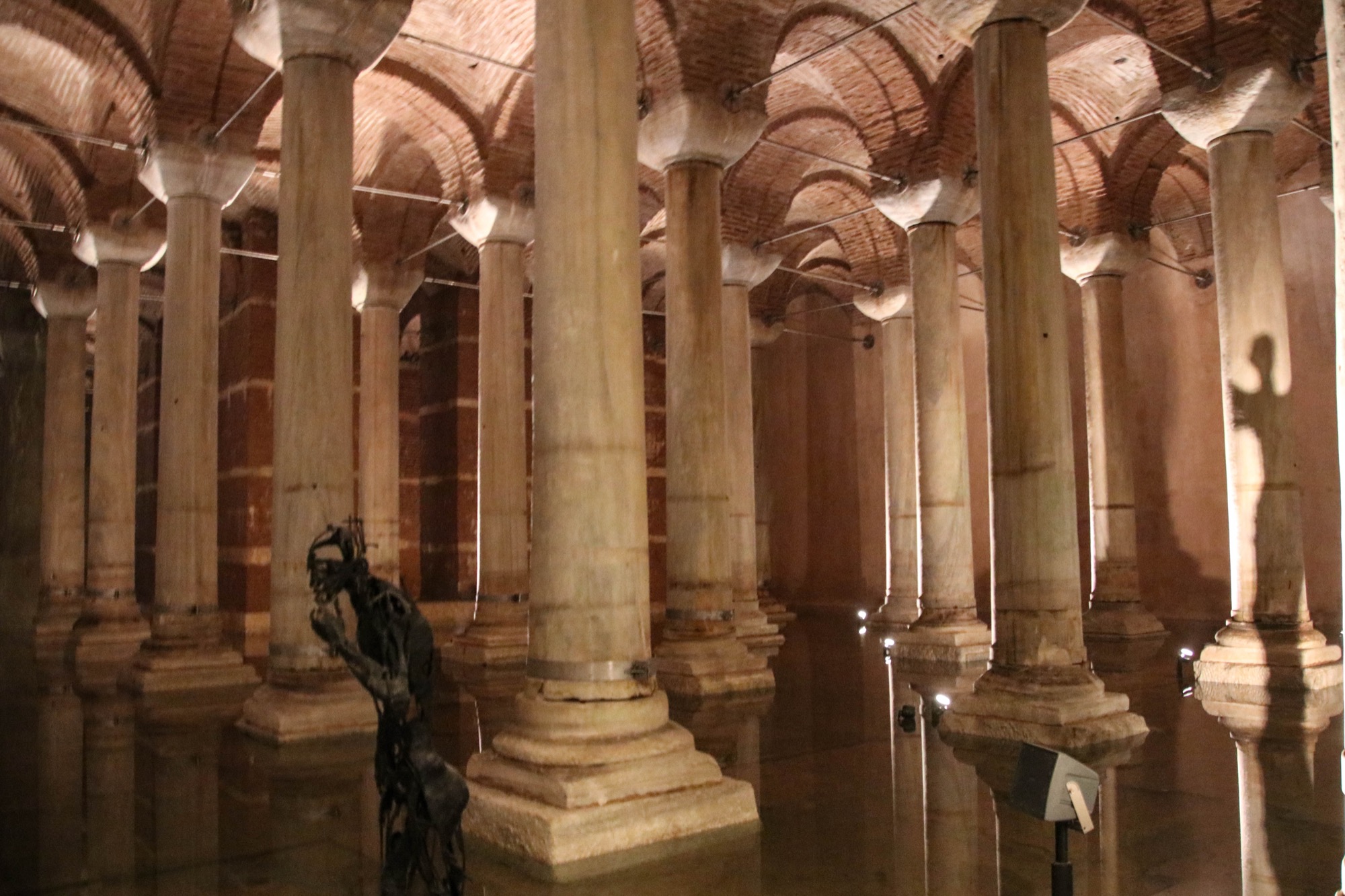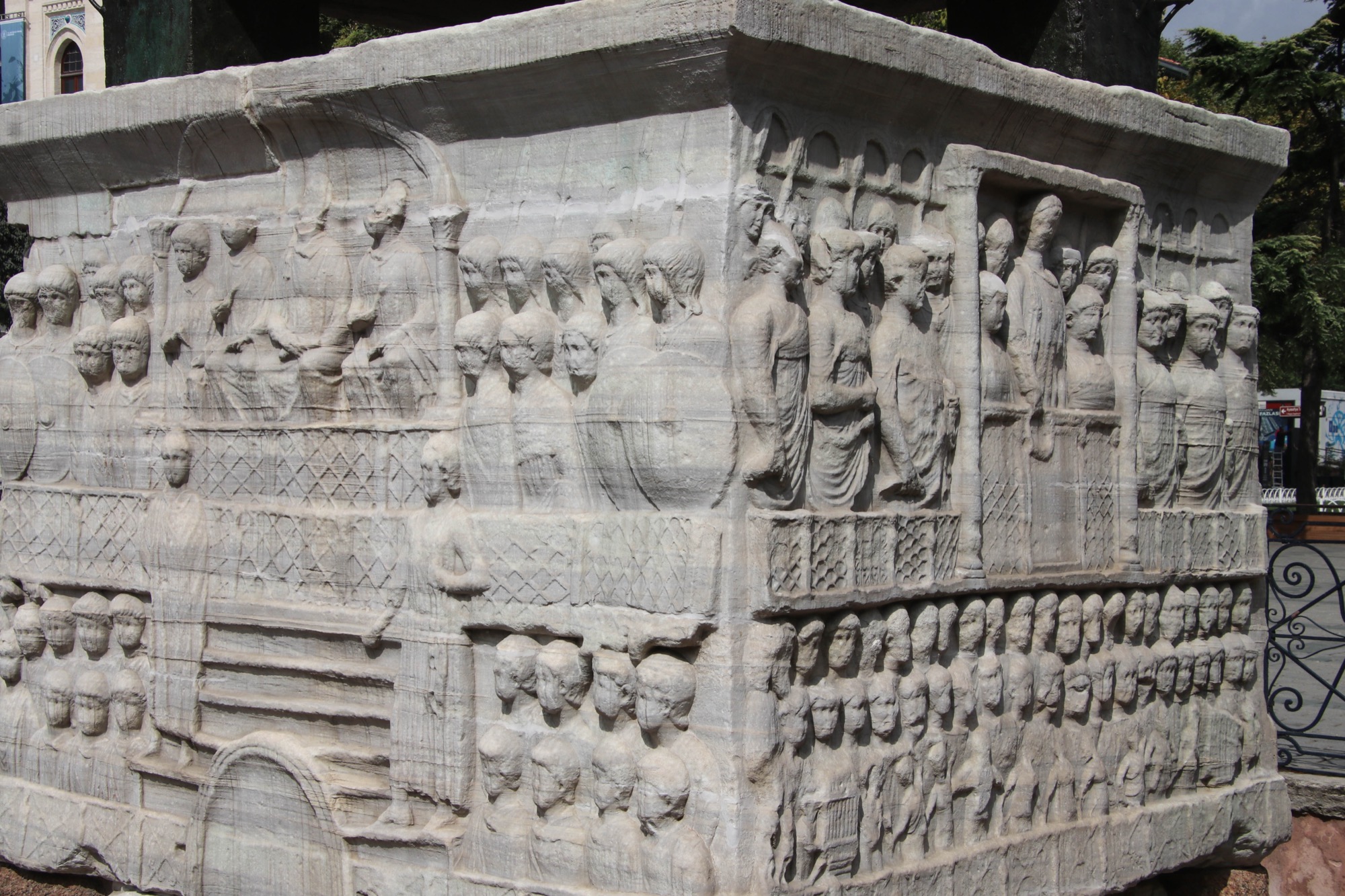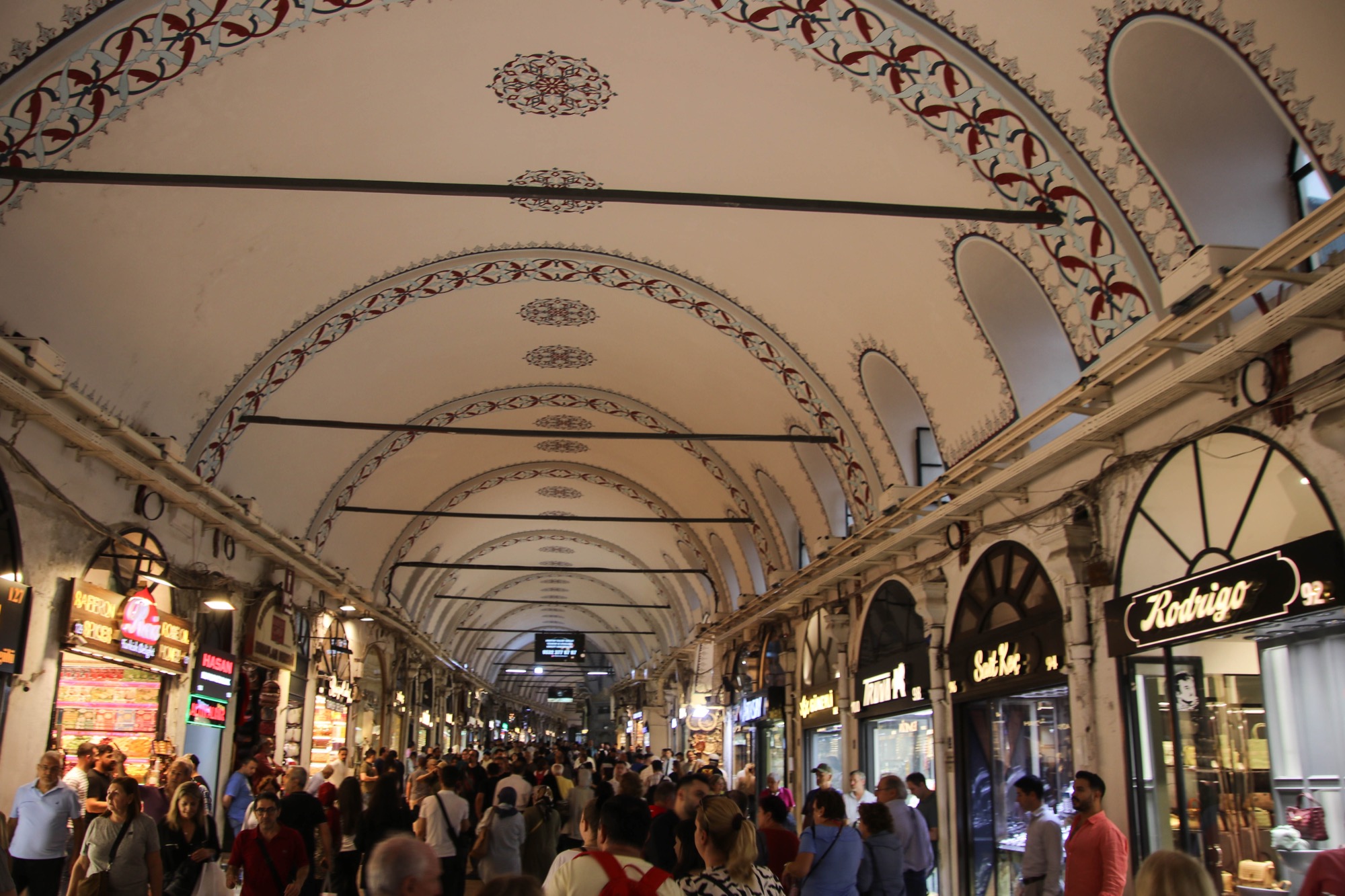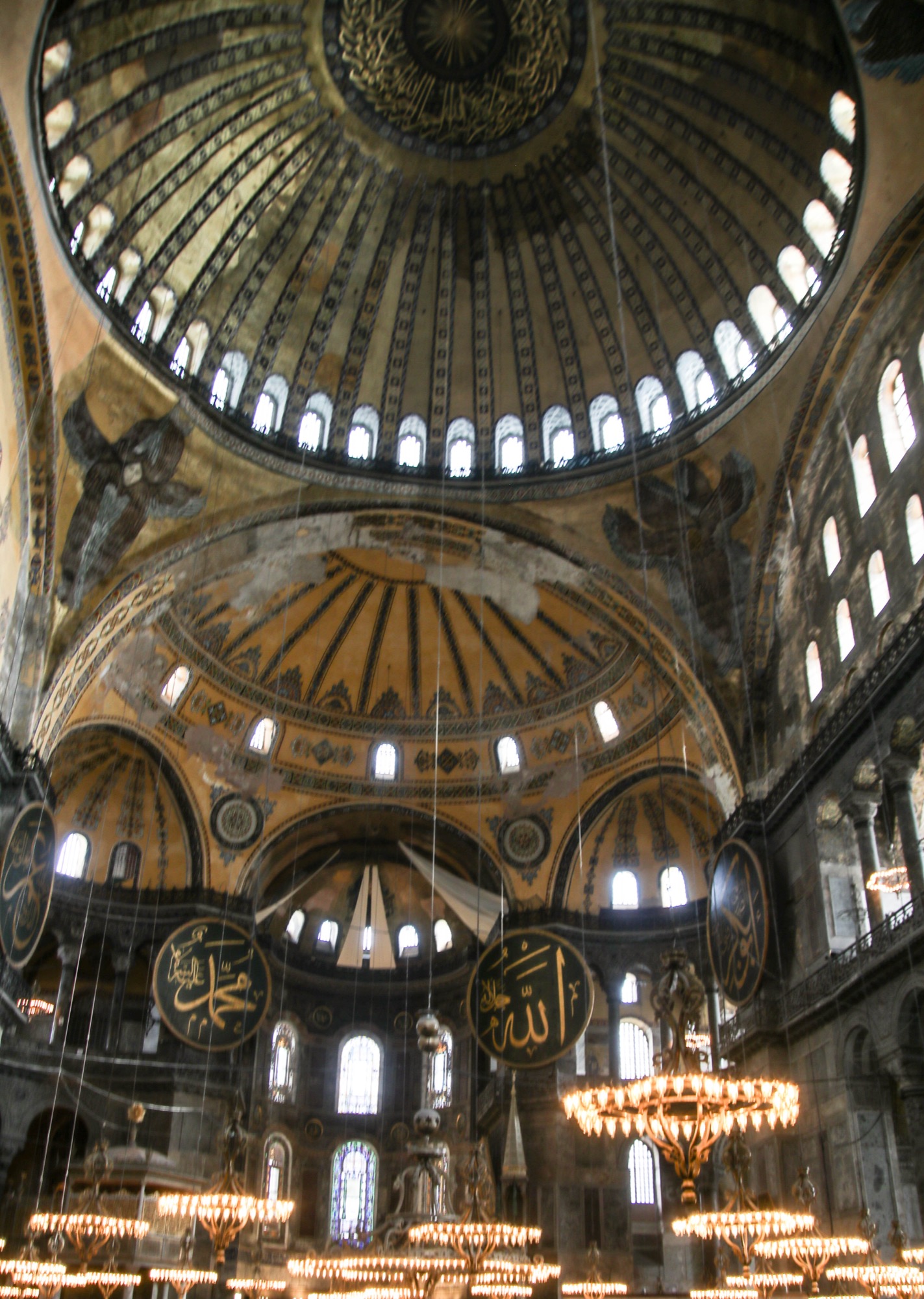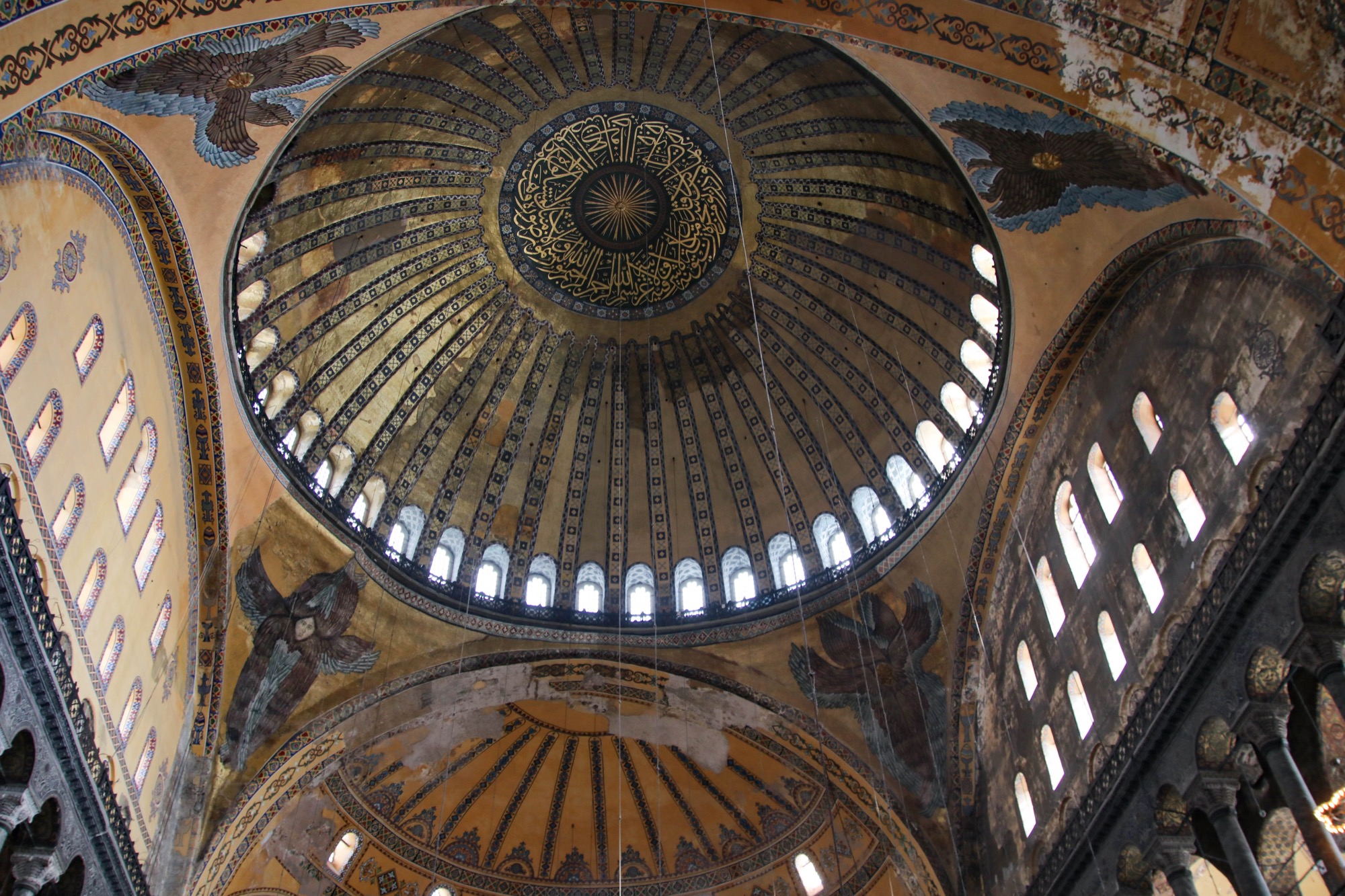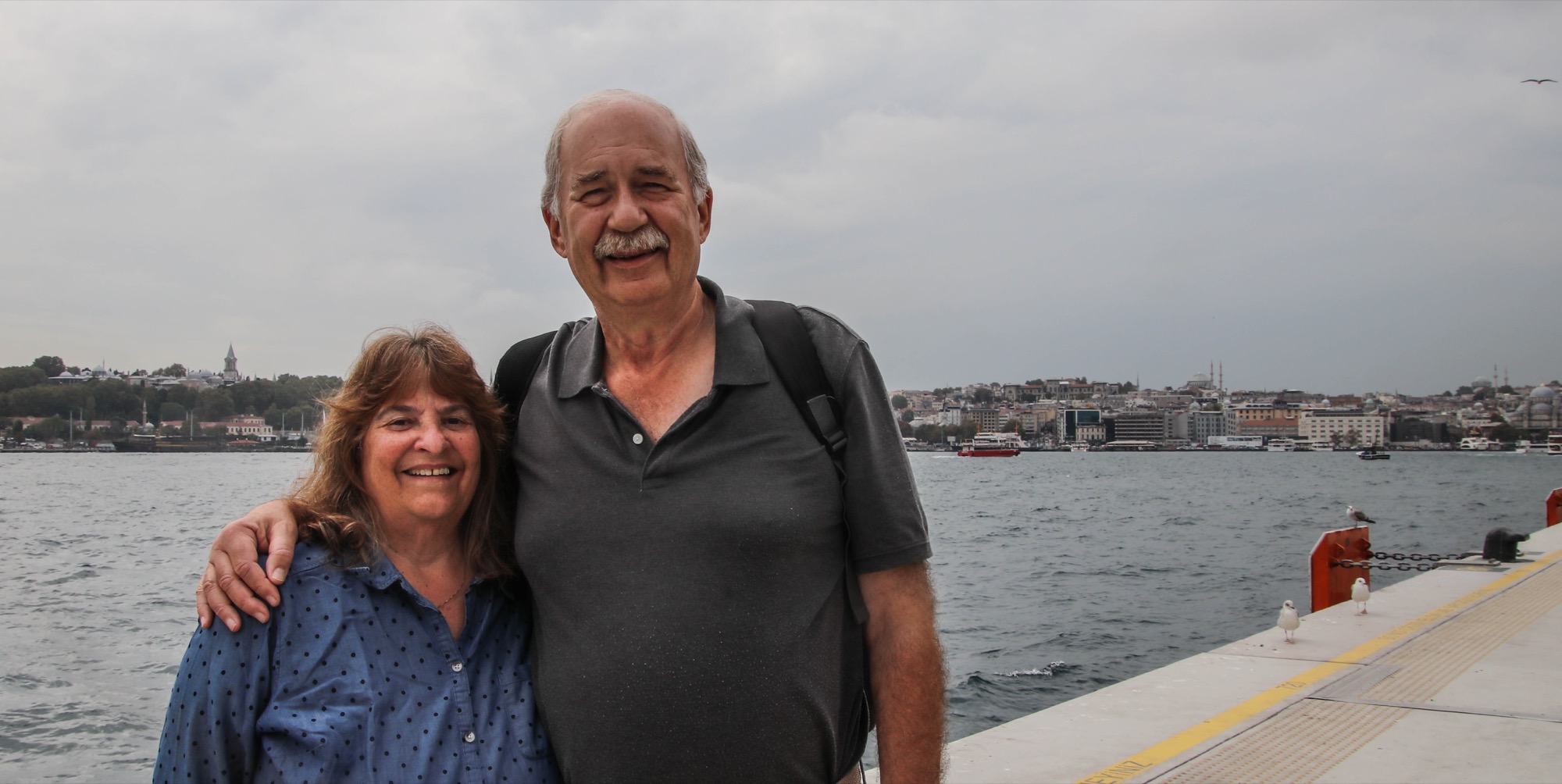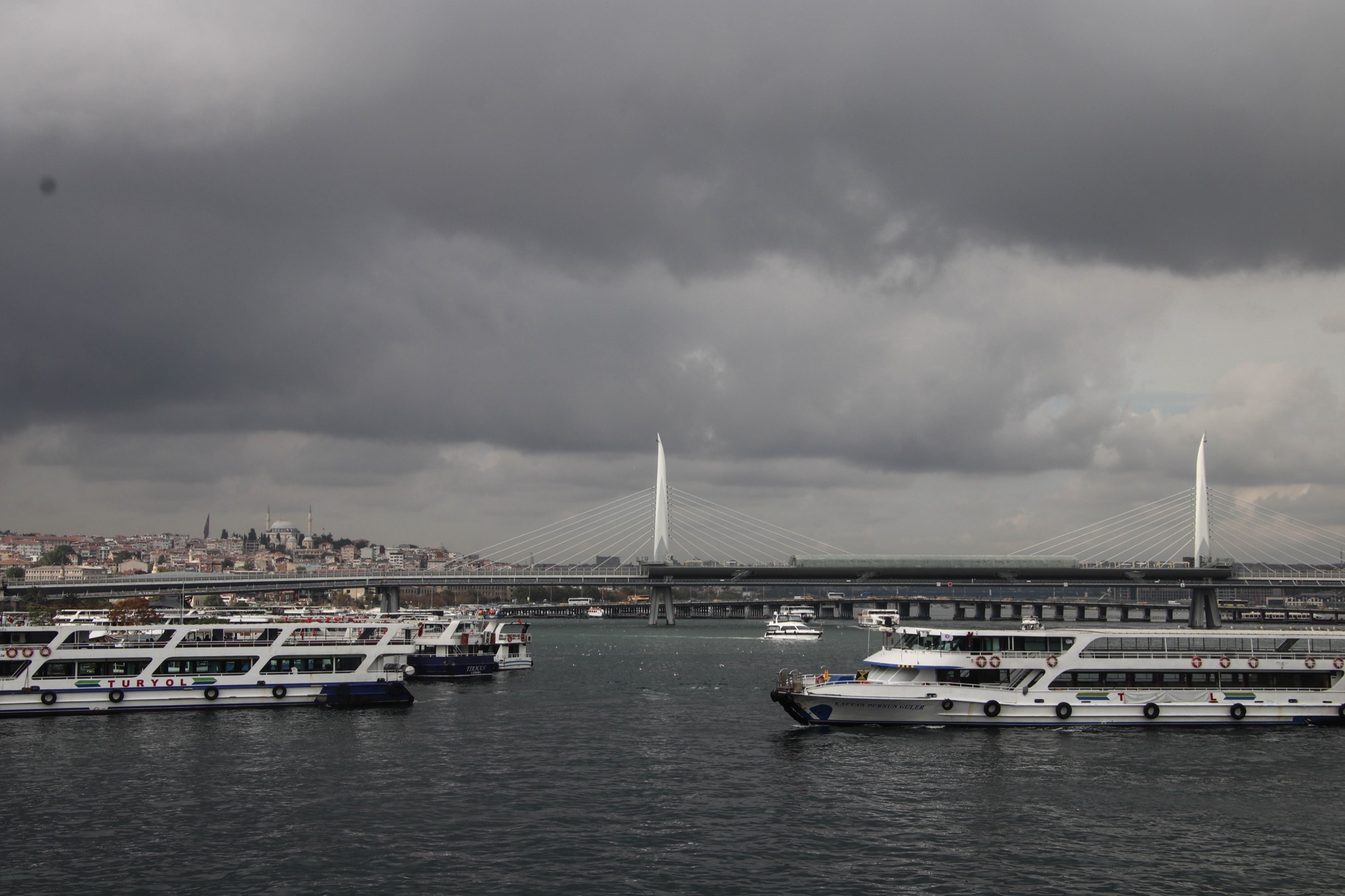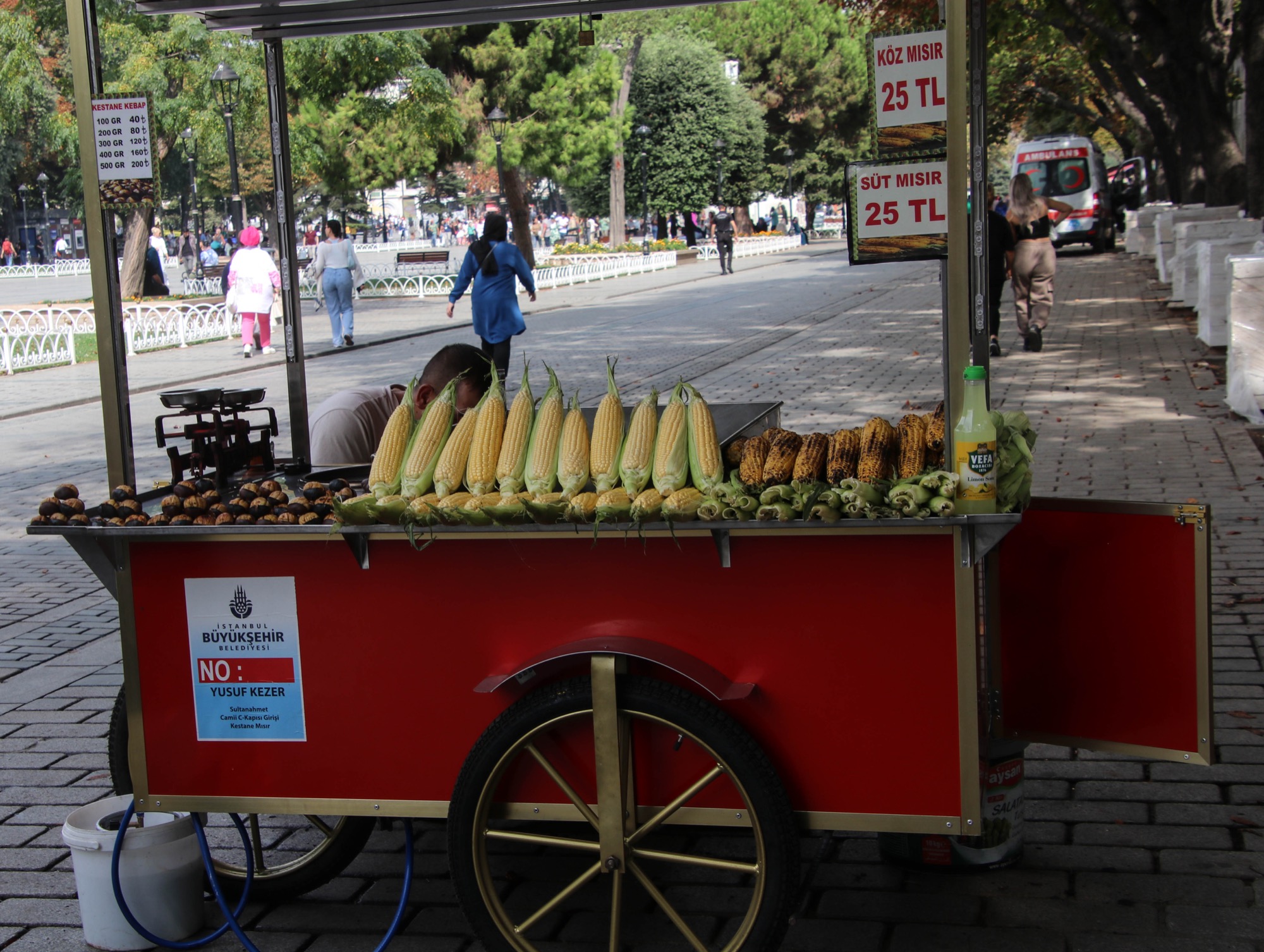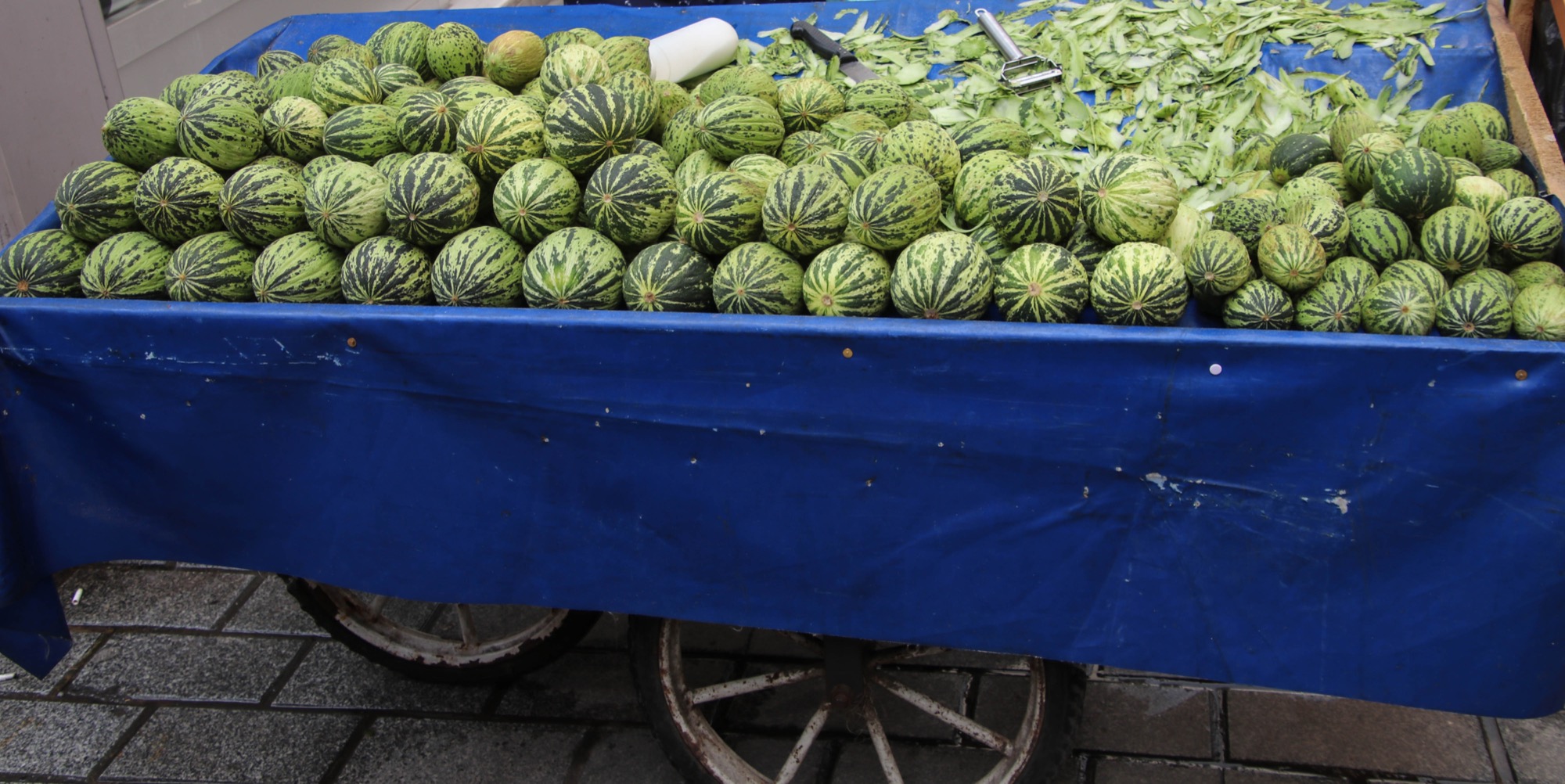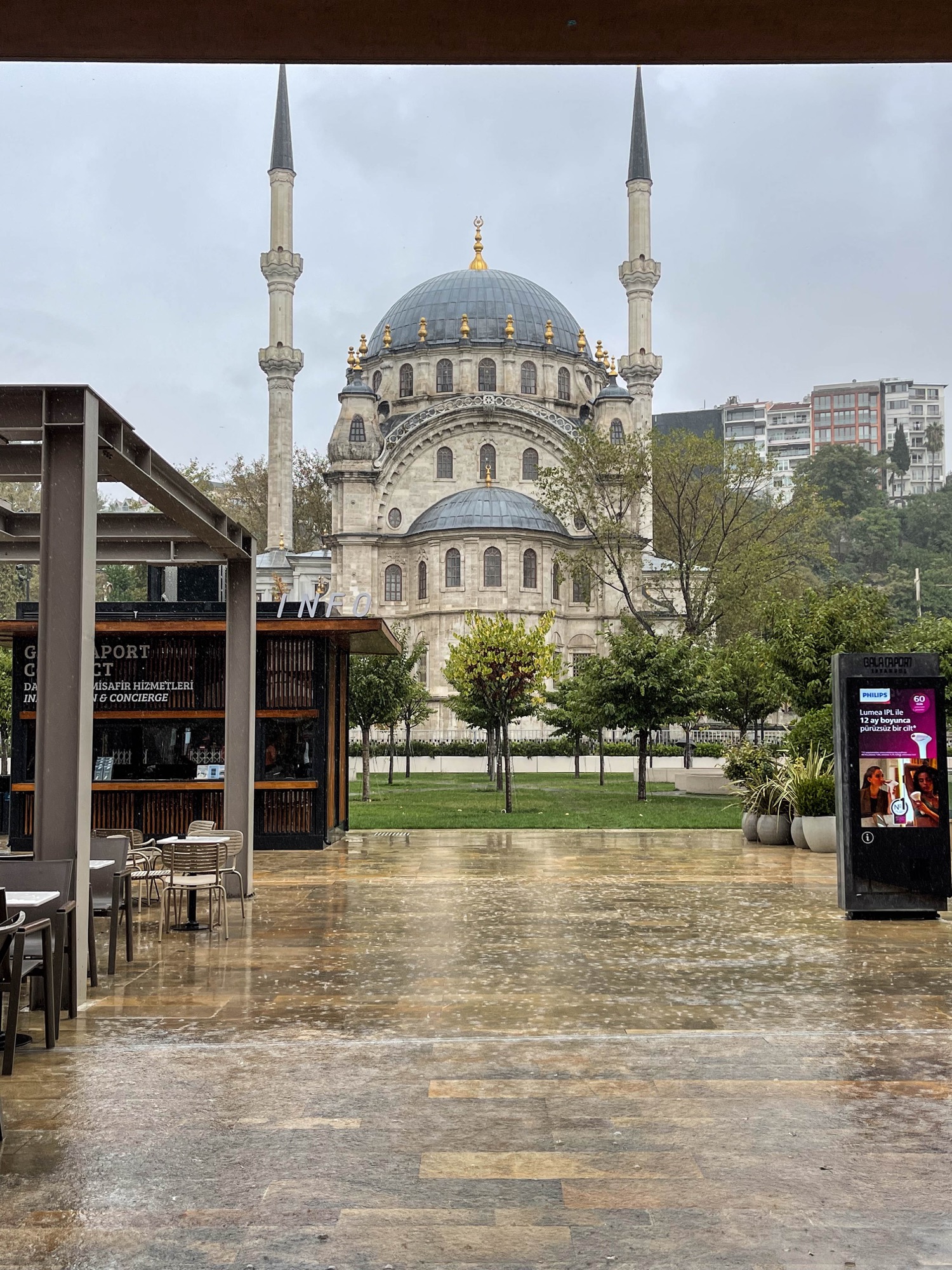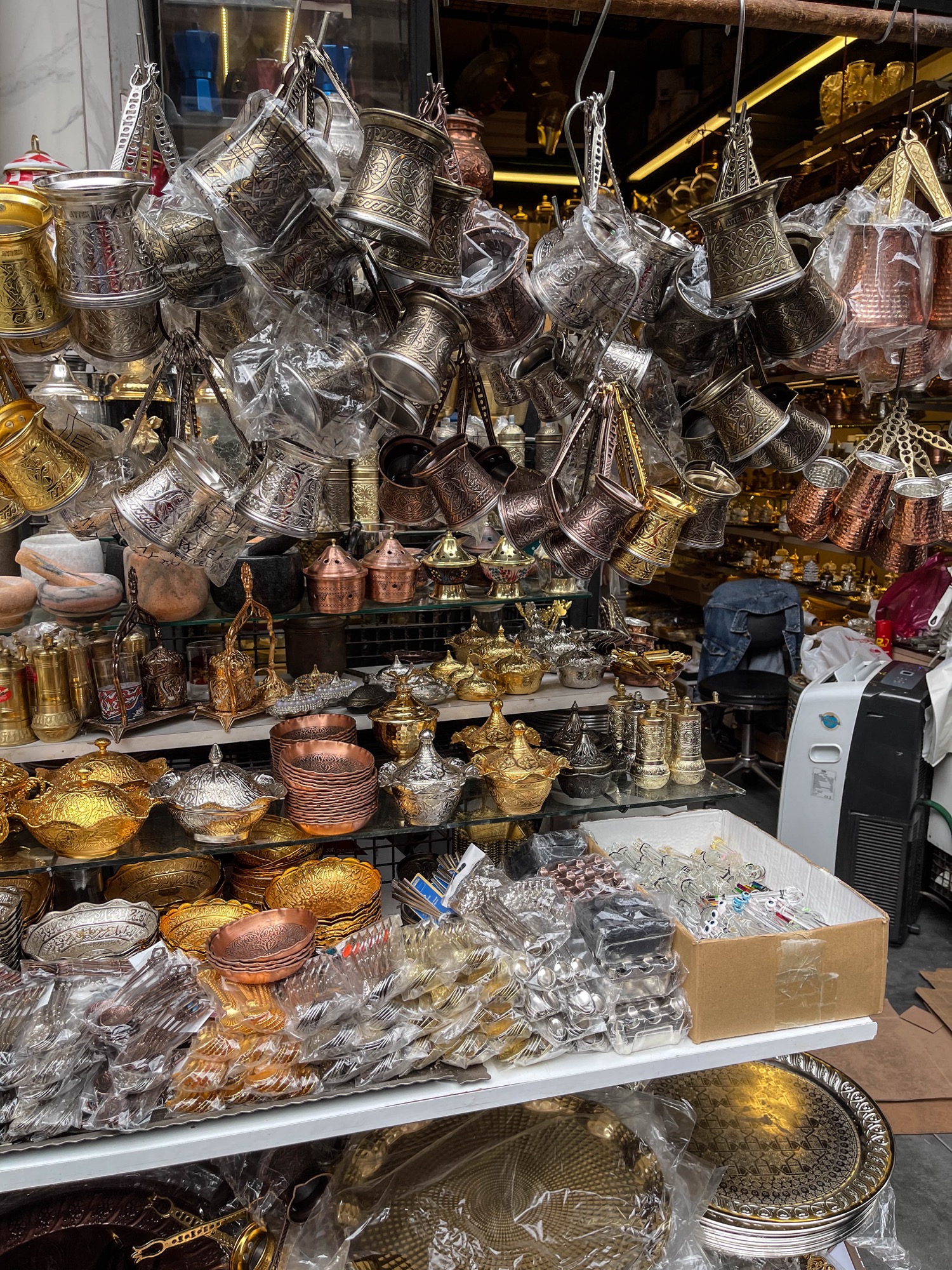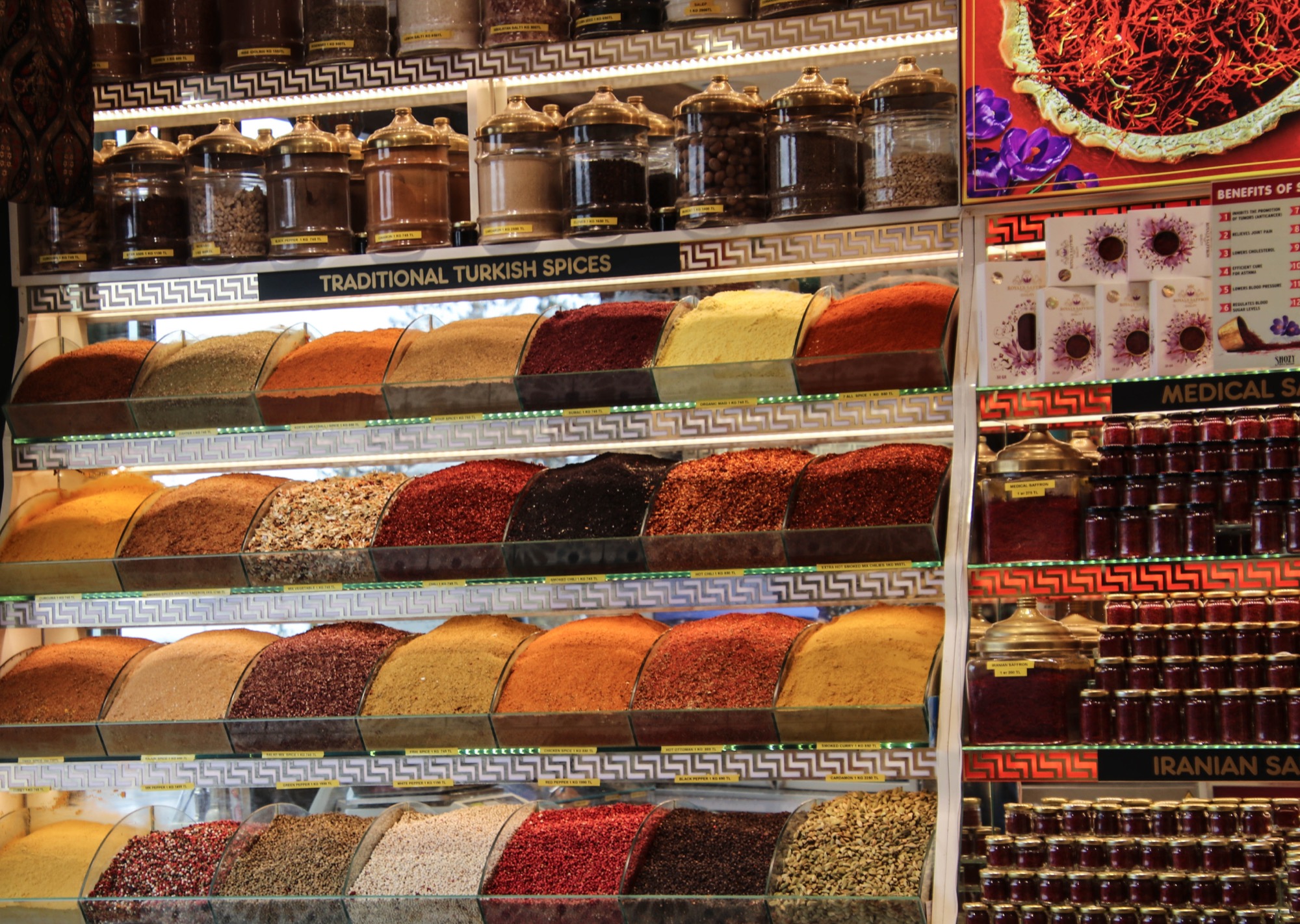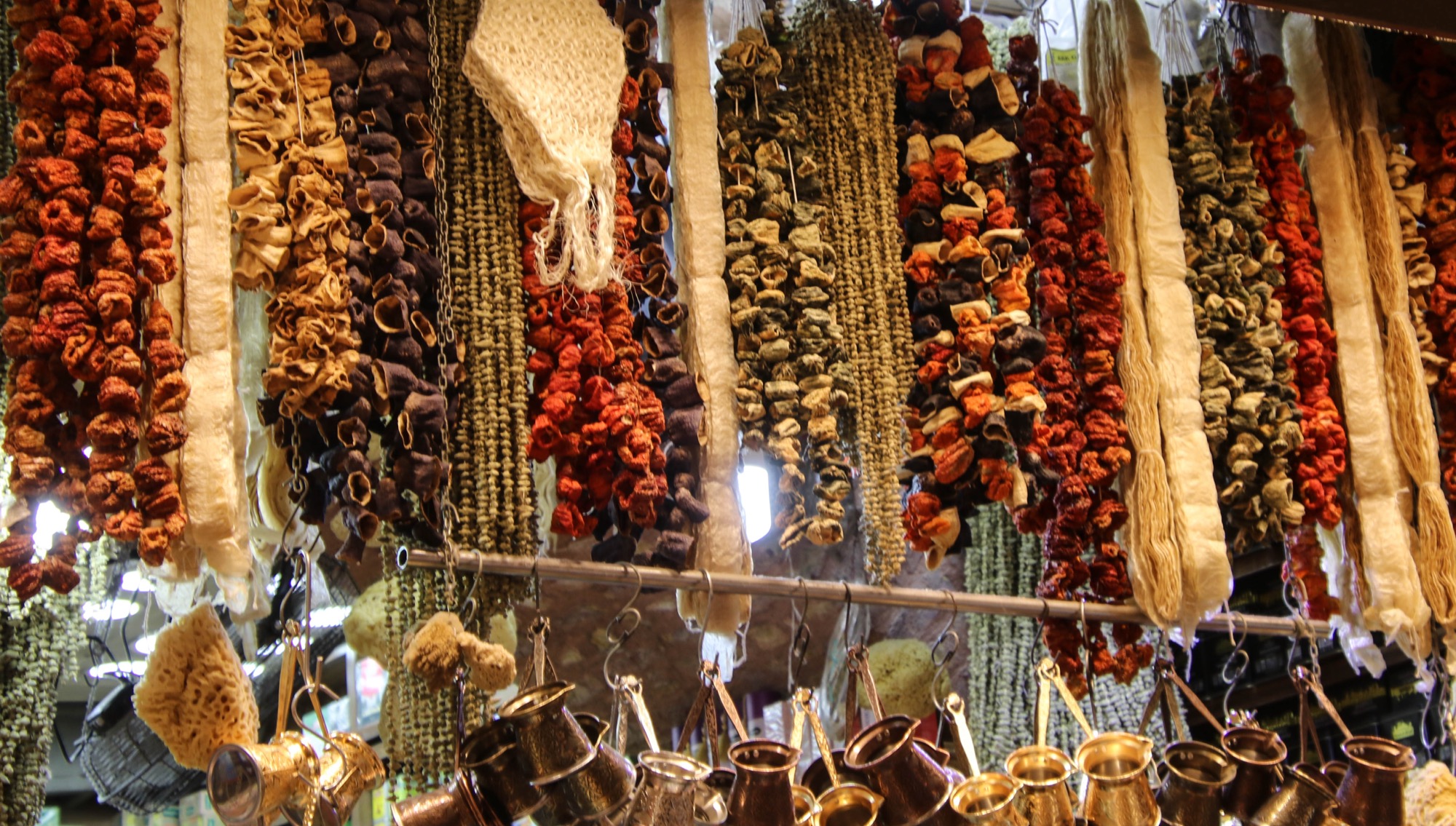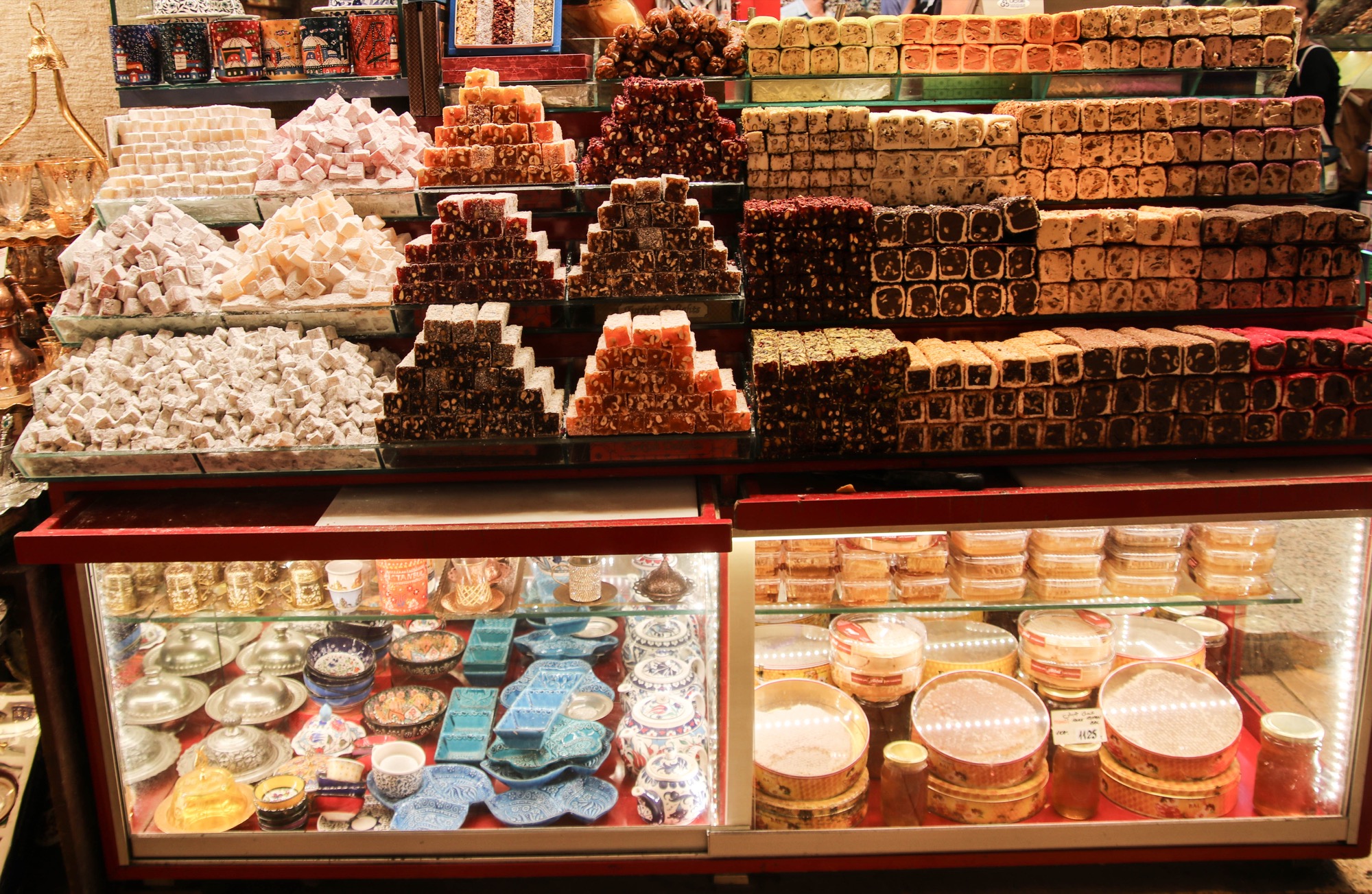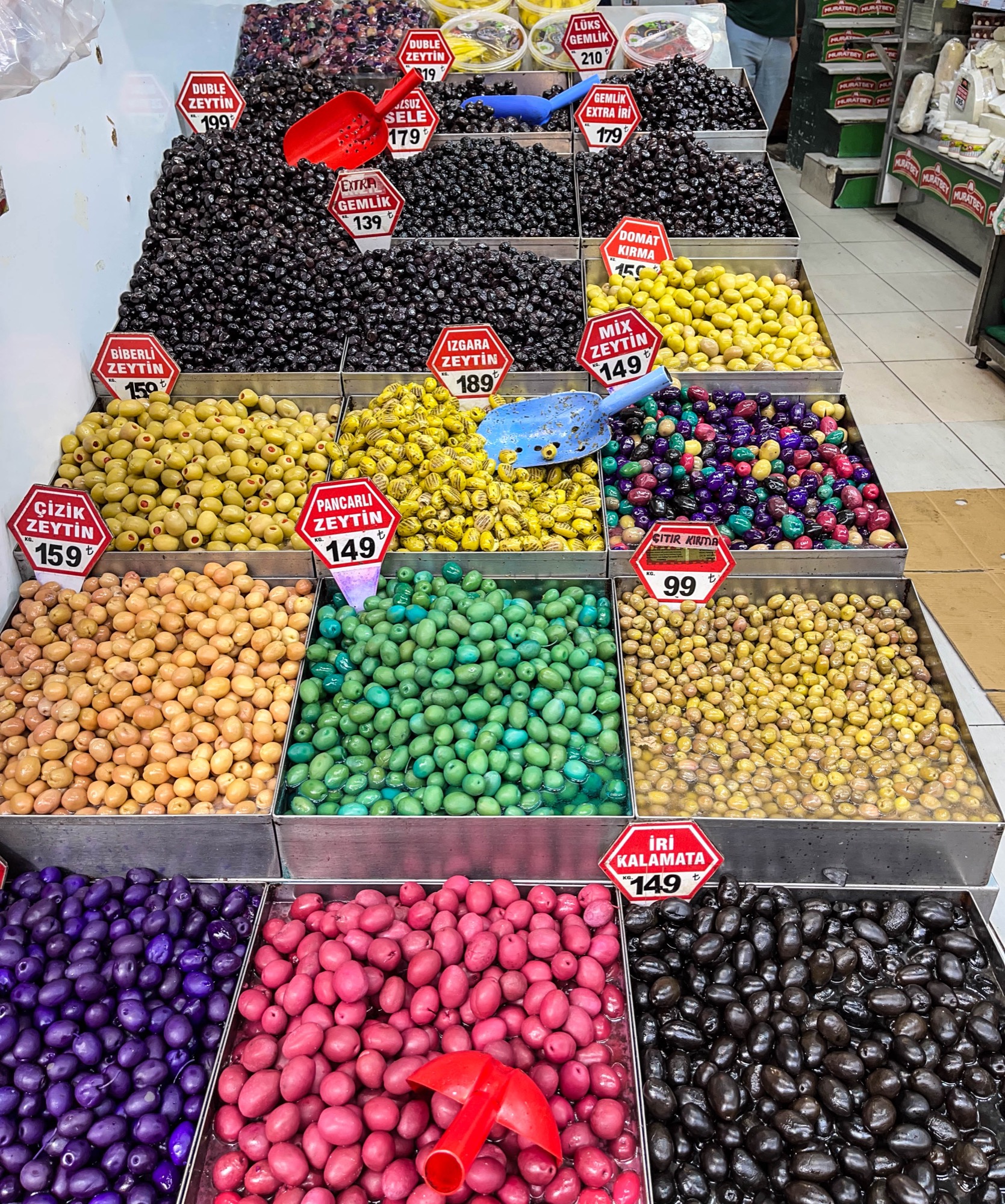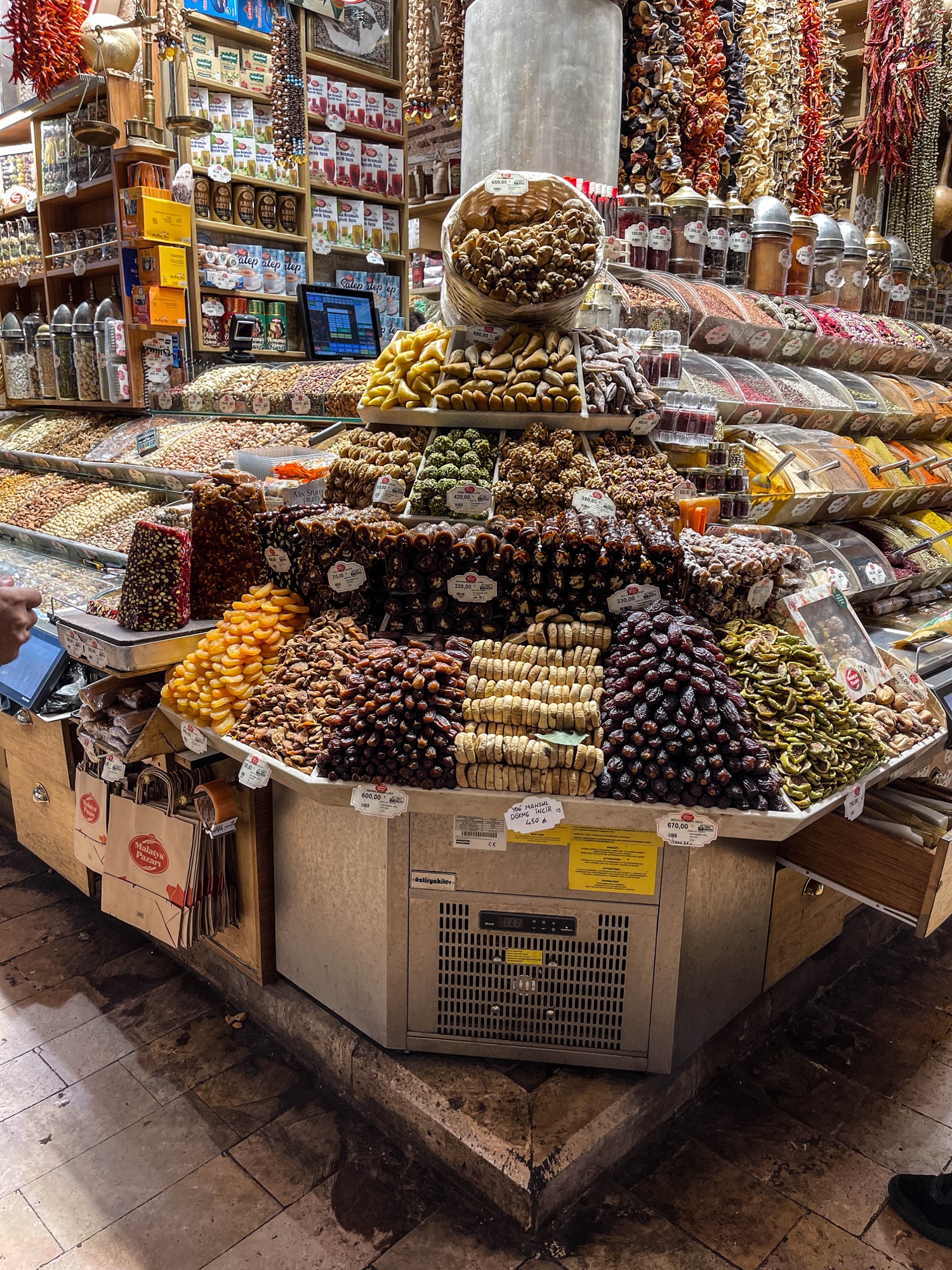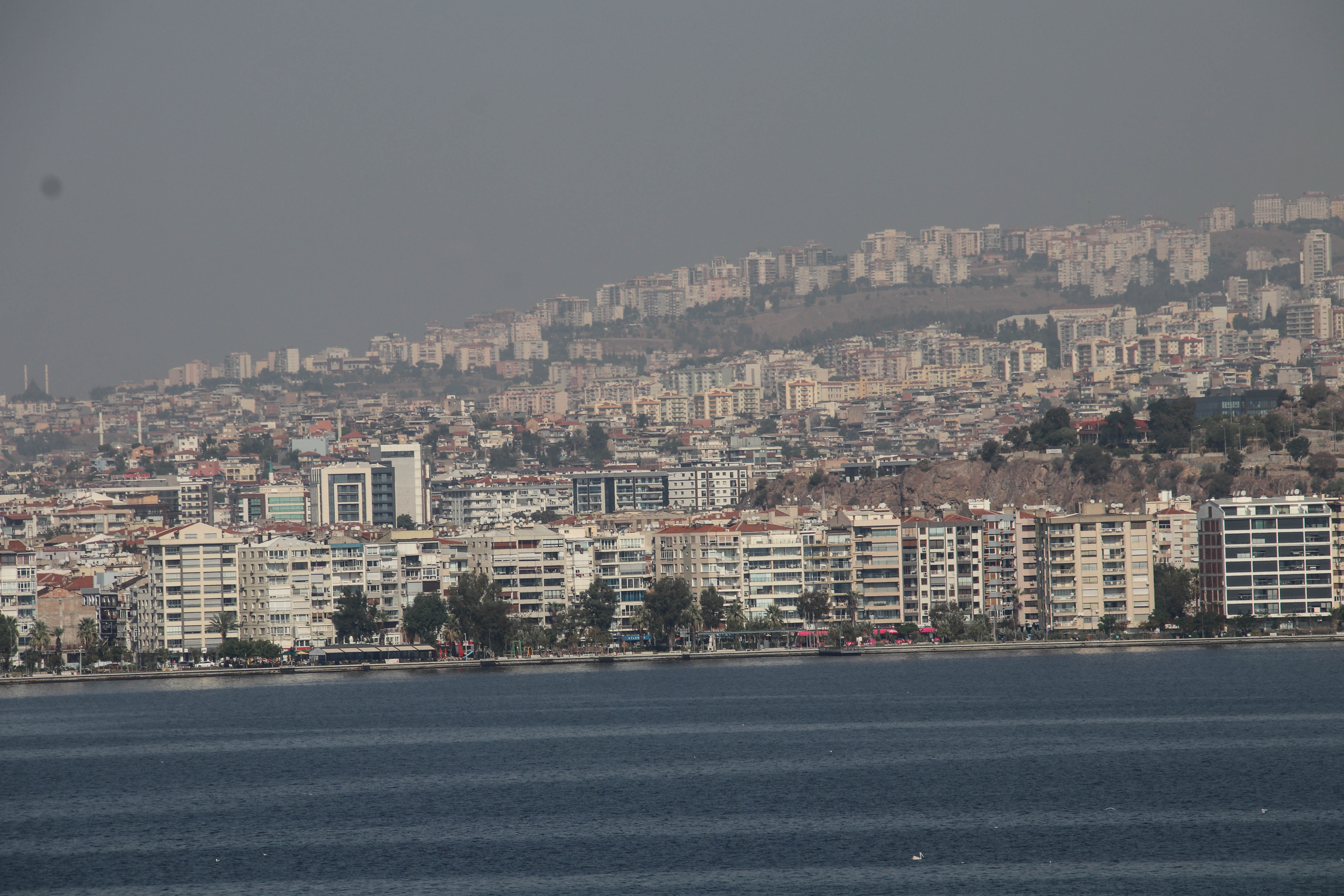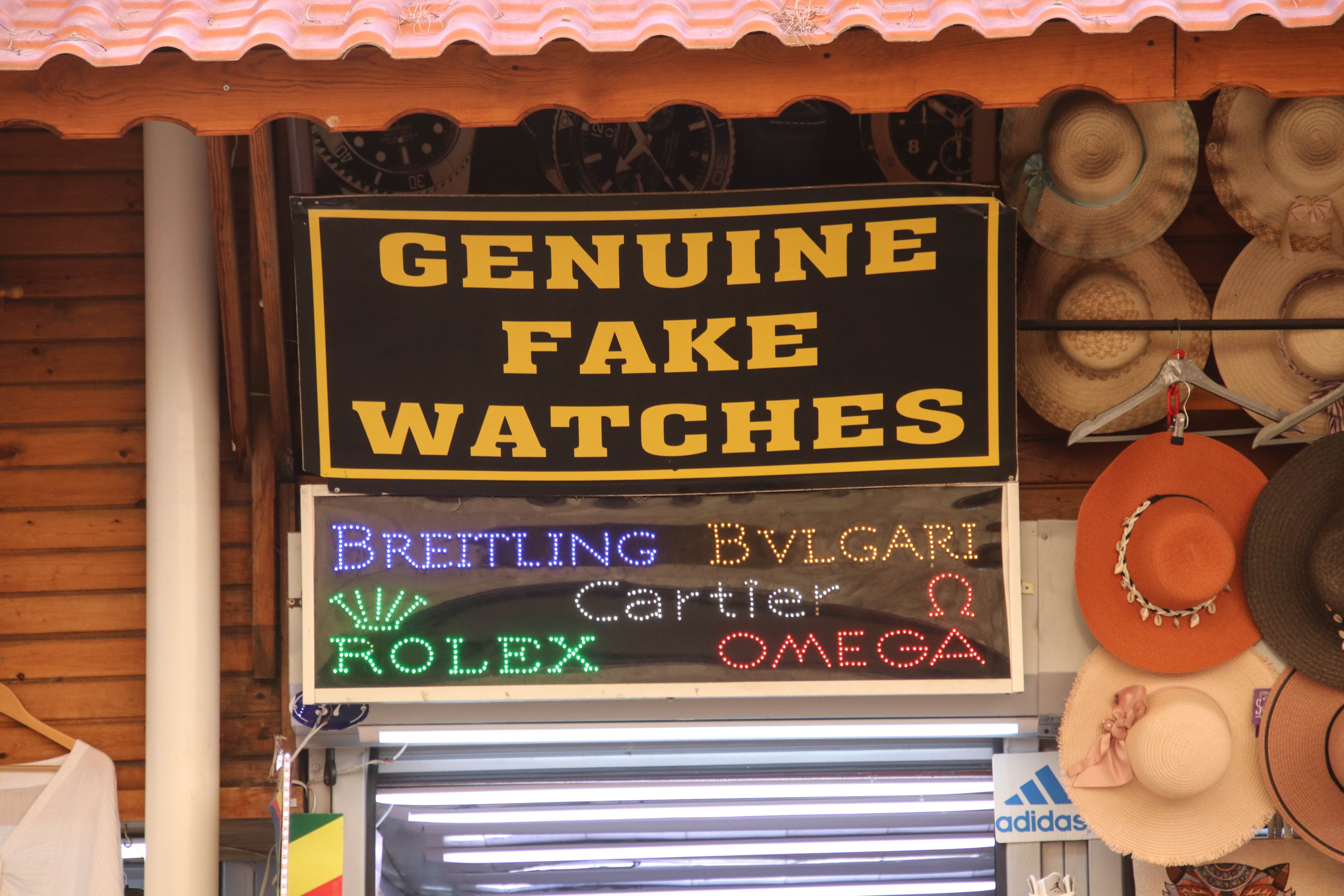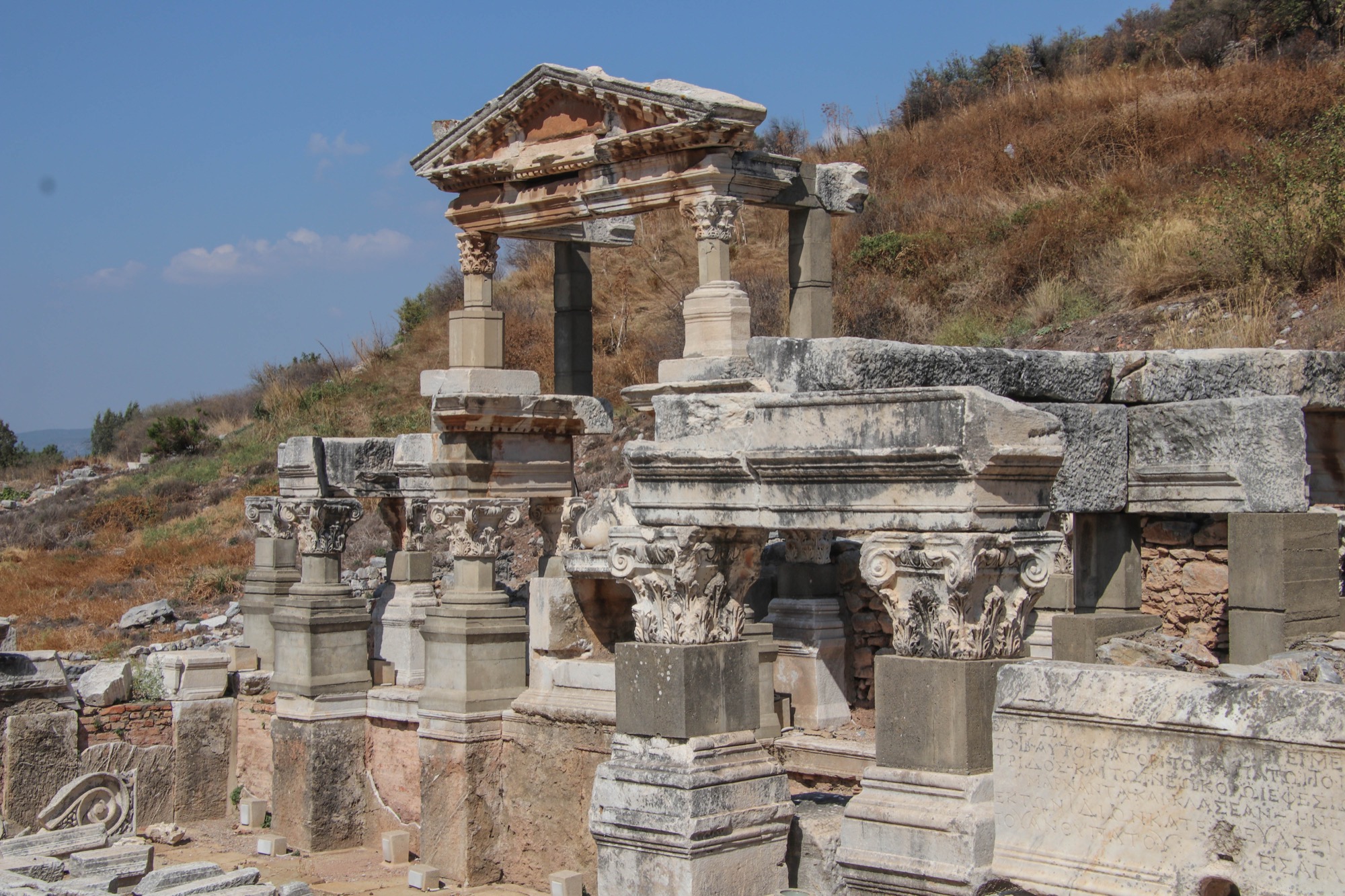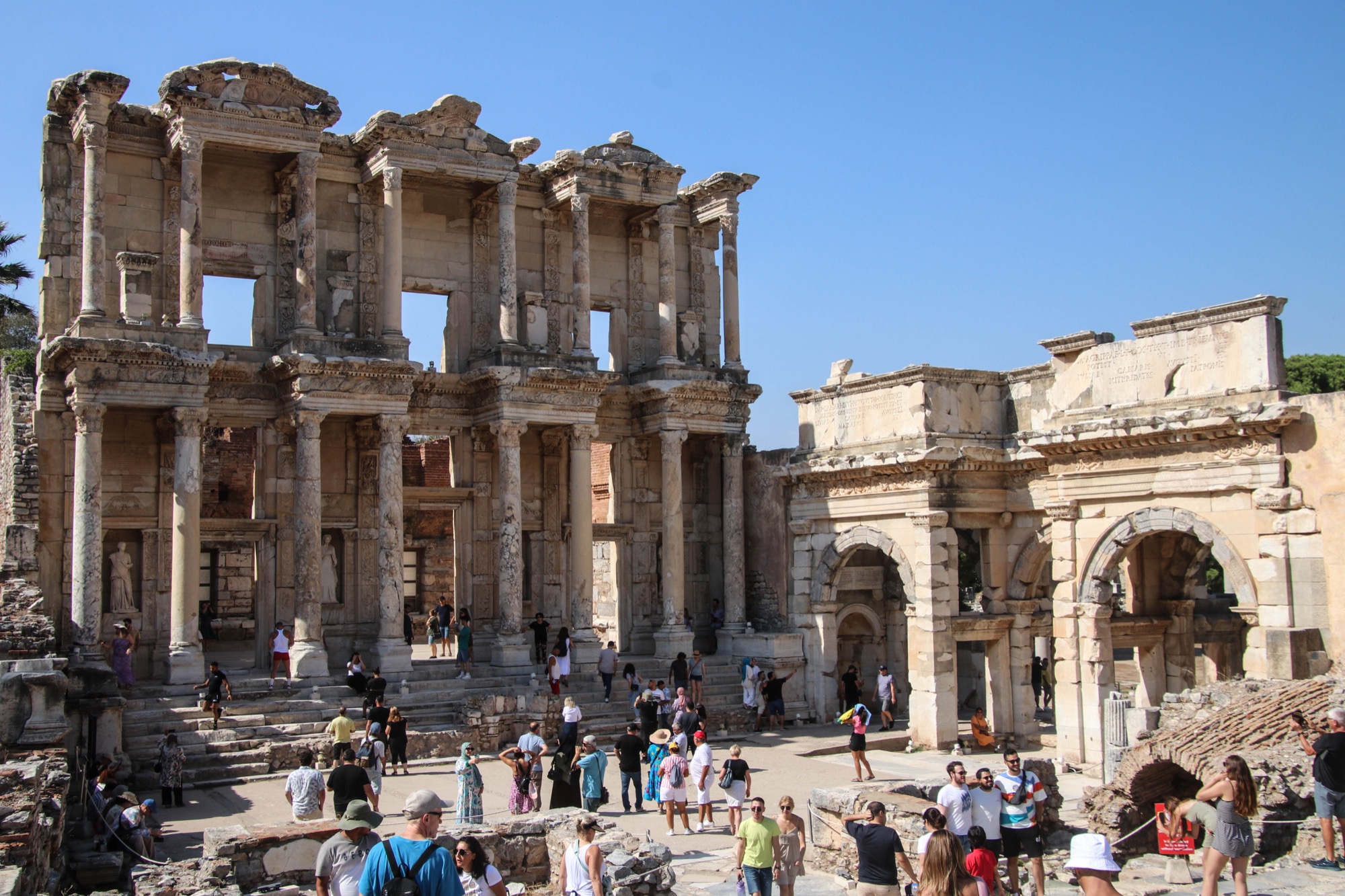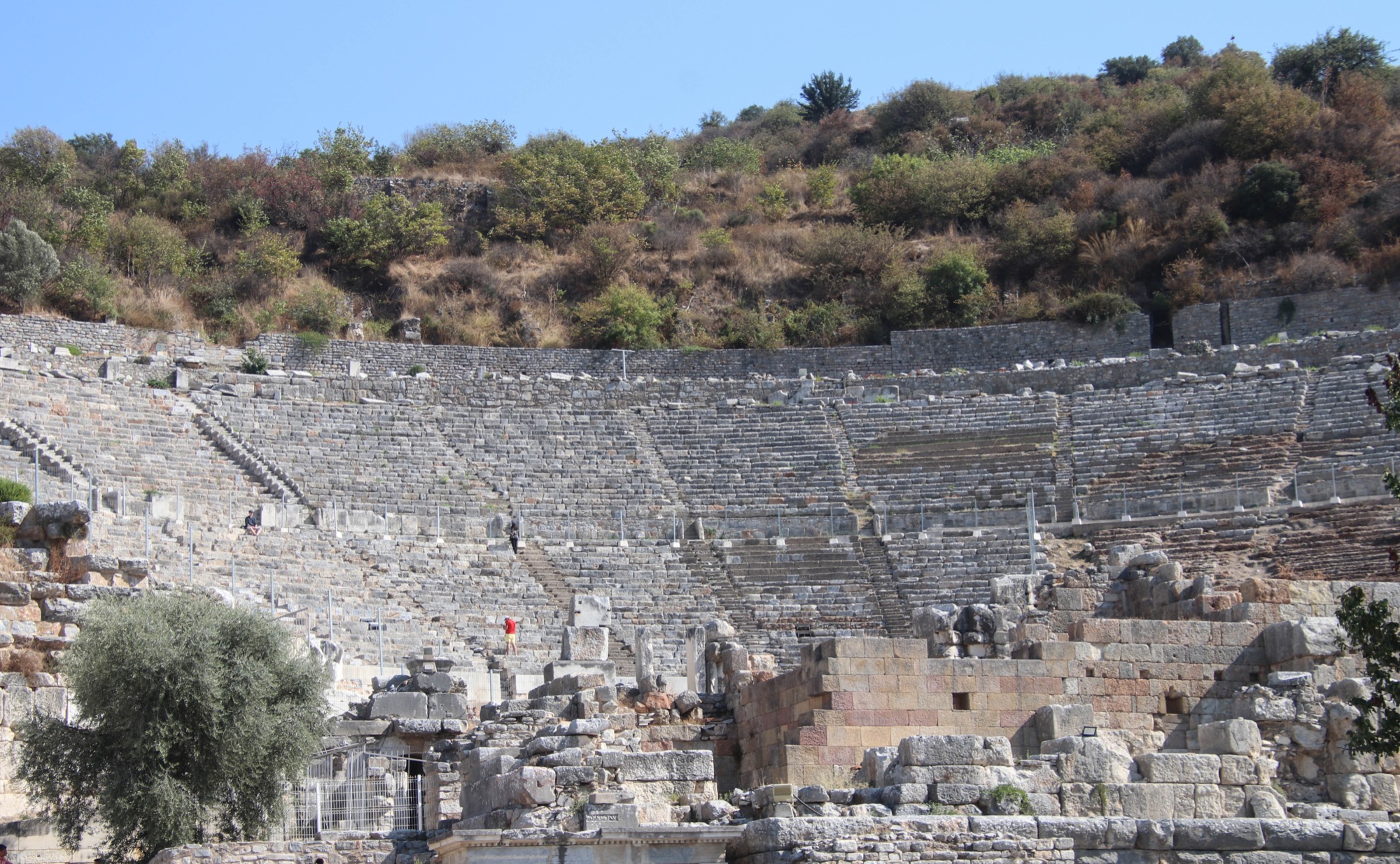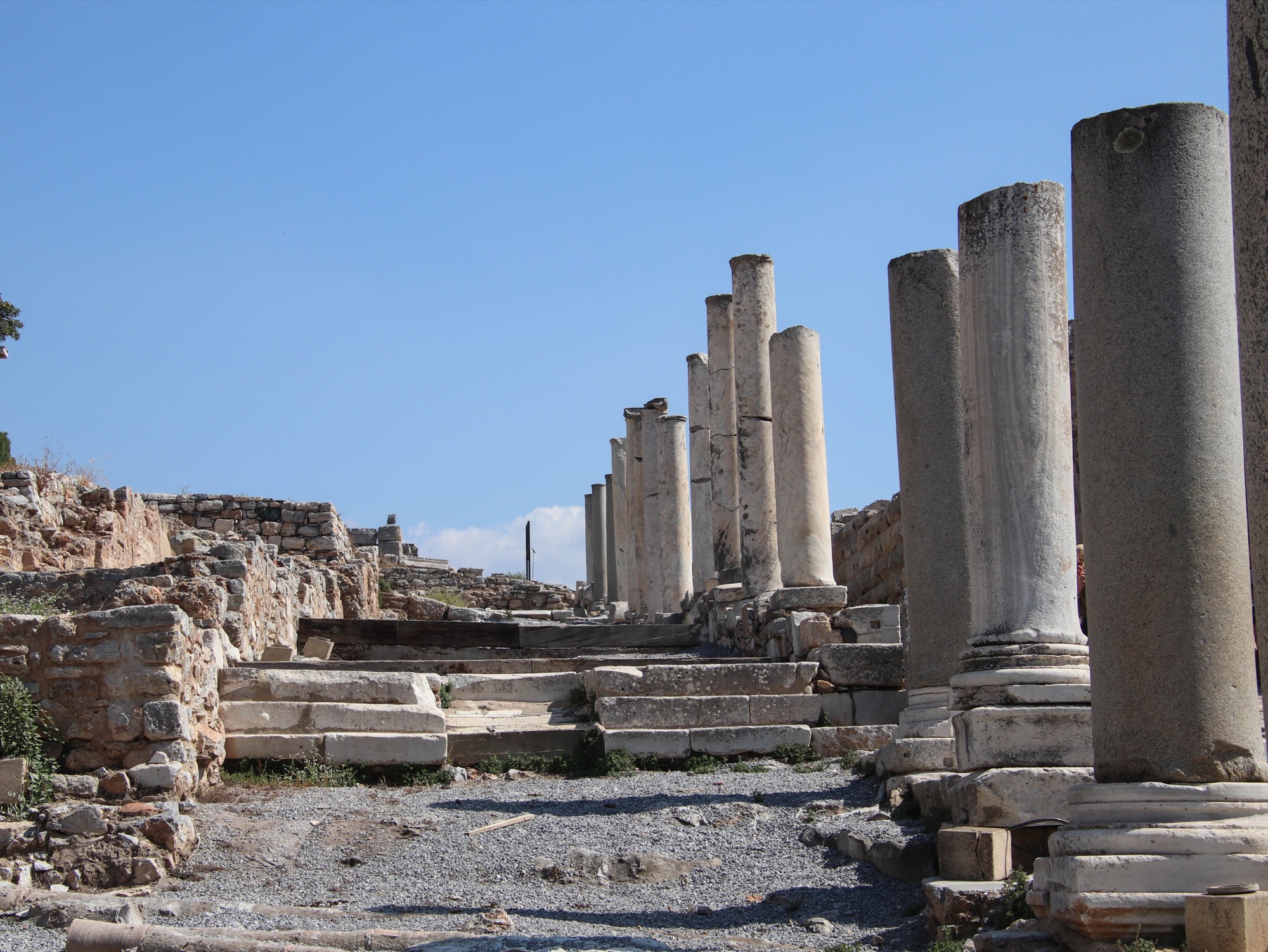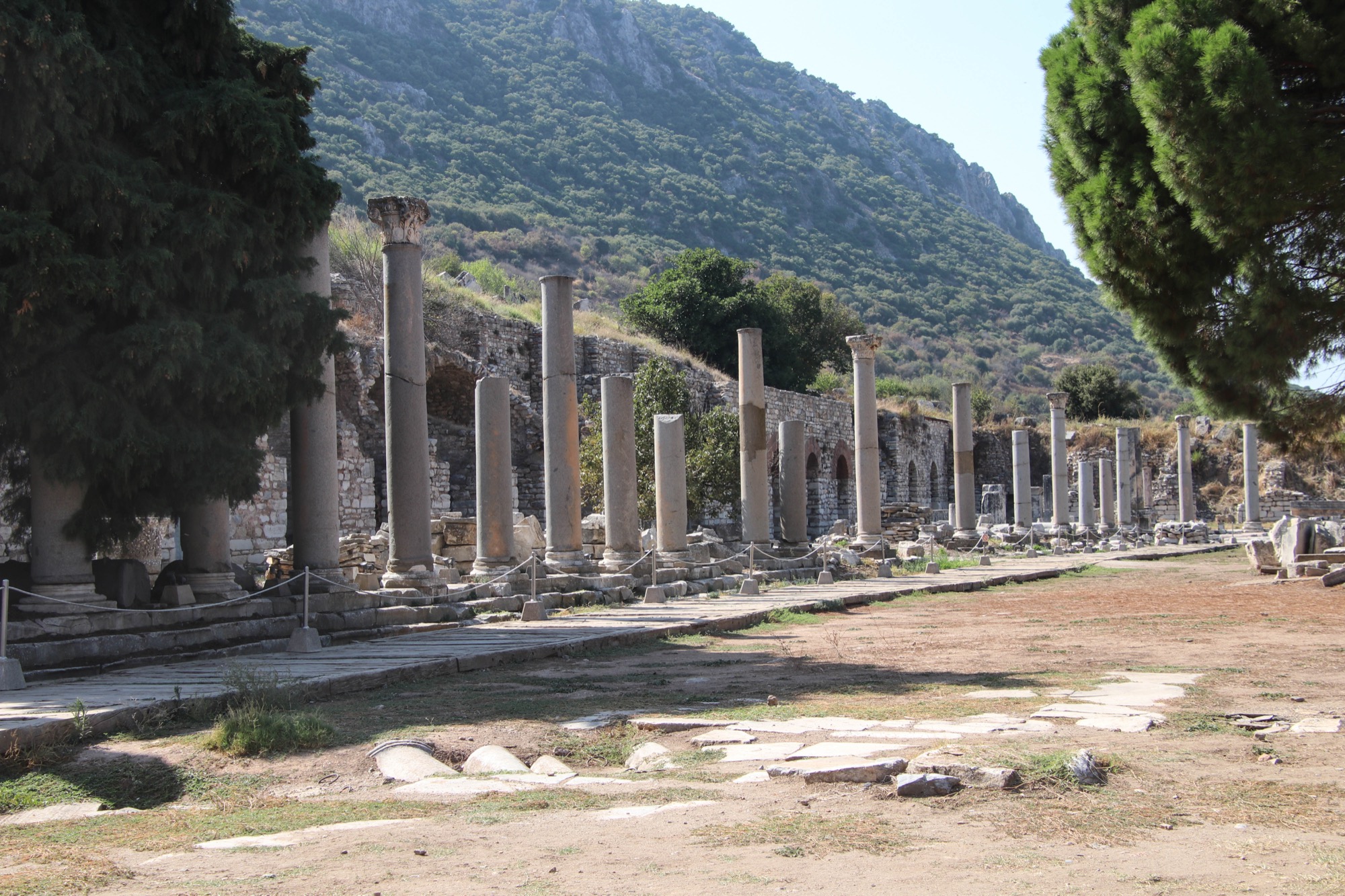The Blue Mosque
The Blue Mosque, which was built between 1609 and 1617, was commissioned by Sultan Ahmed I. The mosque has one large dome surrounded by eight smaller domes, 260 stained glass windows, more than 20,000 hand made Iznik tiles, and six minarets.
The Blue Mosque was so named because the Iznik tiles are primarily blue in color. The designs on the tiles feature cypress trees, fruits, roses, and more than fifty different designs with tulips. It is interesting to note that there are several ostrich eggs hanging in the chandeliers at the mosque. The purpose of the eggs is to repel spiders so there are no cobwebs on the chandeliers.
The six minarets at the Blue Mosque created quite a stir when they were built. The mosque in Mecca was the only other mosque at that time to have six minarets. In order to make things right, Sultan Ahmed I commissioned a seventh minaret to be built at the mosque in Mecca.



